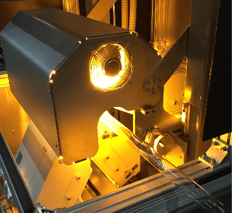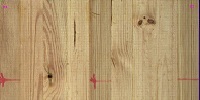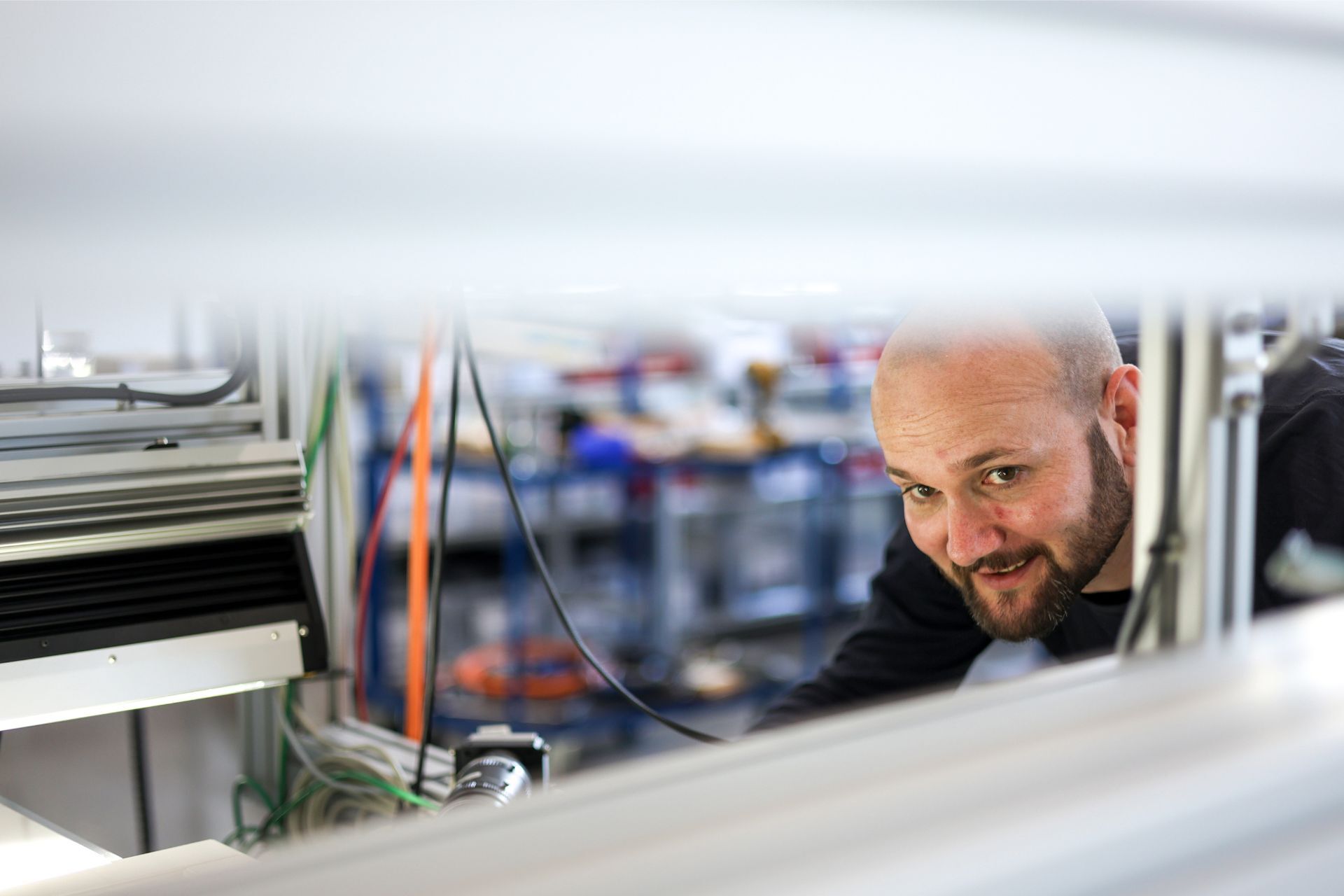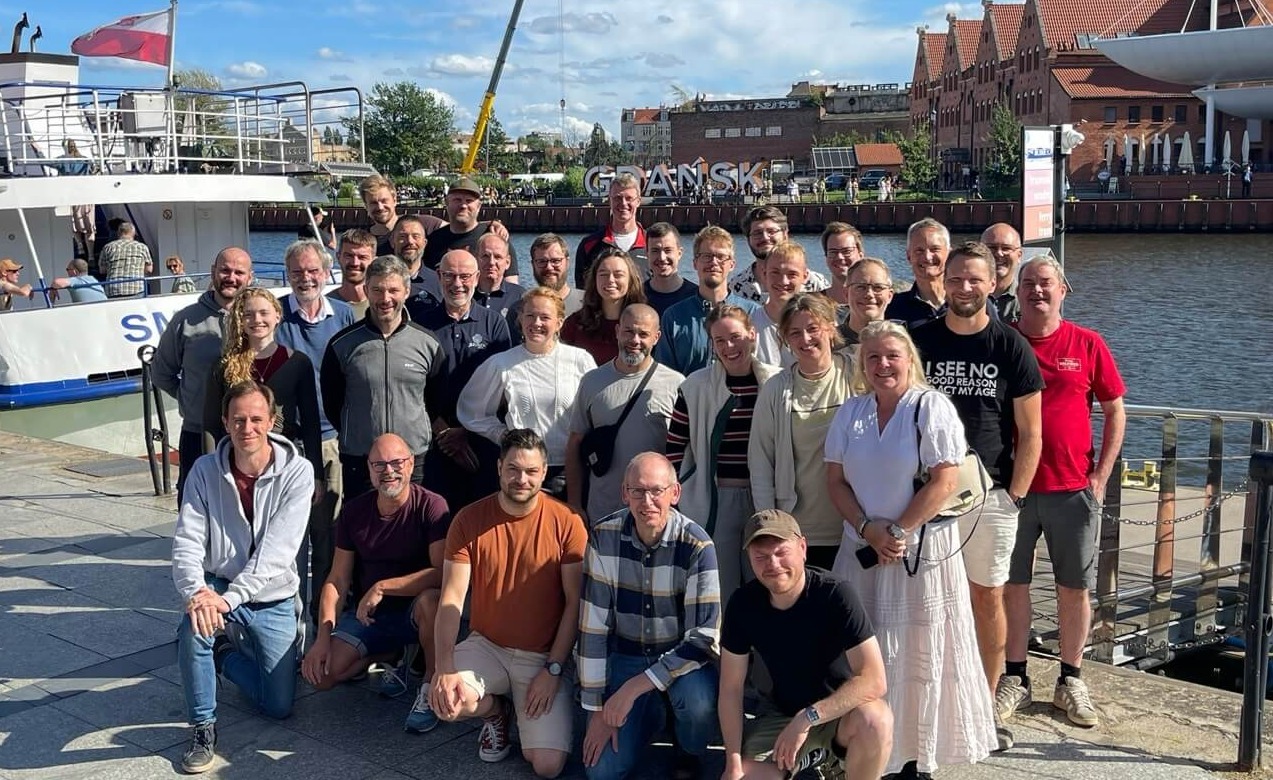The word “Machine learning” is used when a machine imitates "cognitive" functions, often associated with humans. Hybrid vision which JLI has recently introduced is a combination of:
- Machine learning
- Traditional machine vision
- Craftsmanship
Challenges in the wood industry
 Hybrid vision is the perfect solution for "aesthetic" applications. Aesthetic inspection aims at ensuring that the finished product fulfills the requirement specifications. In practice good and bad samples are collected and used as reference in manual inspection.
Hybrid vision is the perfect solution for "aesthetic" applications. Aesthetic inspection aims at ensuring that the finished product fulfills the requirement specifications. In practice good and bad samples are collected and used as reference in manual inspection.
Previously aesthetic applications were often left unsolved because of the shortcomings of traditional machine vision, but with Hybrid Vision it is in some cases possible.
An aesthetic application is what our customer faced when they wanted to automate a manual inspection task of glue boards inline in their production. Before a number of people would visually evaluate each glue board and mark defects such as gnarls and resin pockets for repair. Our customer wanted to eliminate the human factor and produce better quality.
Challenges in the Quartz glass industry

Replacing manual inspection with standard machine vision solves some of the problems with manual inspection, but for quartz glass tube, it is mandatory to distinguish between open and closed airlines. This can be achieved by adding Machine Learning
Going from manual inspection to an automated system, can be a challenging. One thing is that manually inspection is not always very repeatable, an automated system can be a challenge to set up so it works the same way as the average manual inspector. The Machine Learning part helps as the system can be retrained with samples that gradually brings the automated system in alignment with the previous manual inspection, but with both higher accuracy and repeatability.



%20Stor.jpeg)